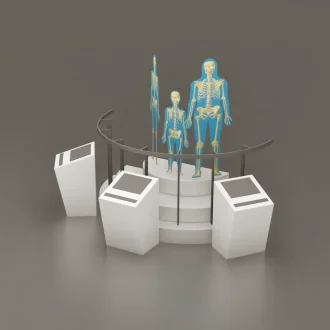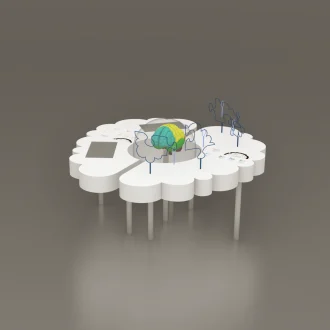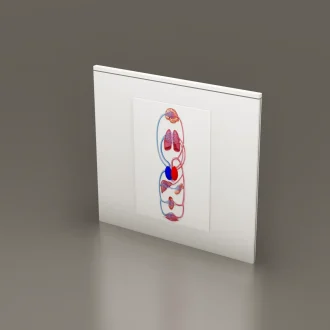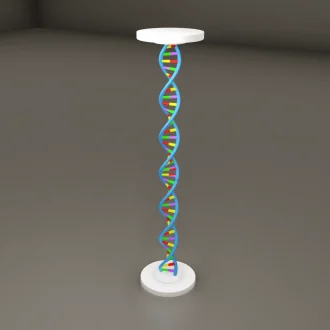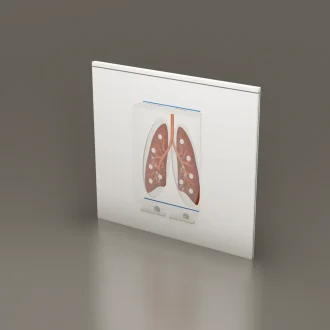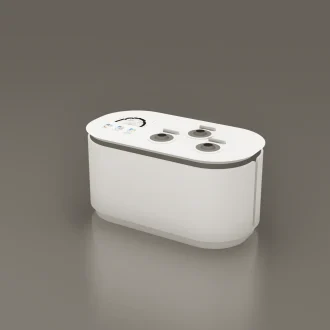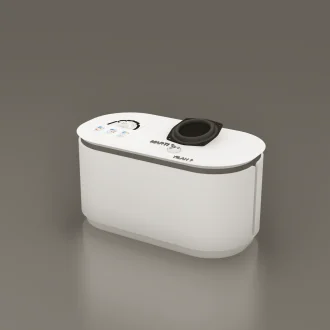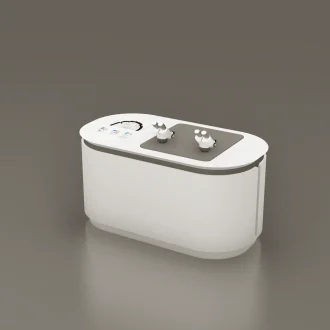Showing 1–16 of 18 results
MEDICINE
- TIP_01
Anatomical Family
TIP_01Visitors see images of human anatomy projected onto human shapes representing a man, woman and child. Short introductory image sets follow a sequence of engaging visual images through each organ system.
TIP_01 - TIP_03
Brain
TIP_03The visitor learns the part and structure of the brain thanks to the brain model in the middle of the table.He can compete with his friend and also with himself by playing a math game on the touch screen in the left lobe.In the right lobe table, he tries to pass the tool in his hand without touching the wire.If he is better at the game in the left lobe, he has mathematical abilities.If he is better at the game in the right lobe, he has more information, shape and imagination.
TIP_03 - TIP_05
Circulatory System
TIP_05The visitor chooses one of the two buttons in front of him/her and examines the small and large blood circulation. With the help of led lights and sound, the circulation of blood in the body is conveyed to the visitors.
TIP_05 - TIP_16
Digestive System
TIP_16The visitor examines the organs on the graphic and then starts dragging the food model along the railroad tracks on the apparatus. At the stops marked on the graphic (e.g. “Stomach”), the visitor stops and learns about the organ.
TIP_16 - TIP_04
DNA Spiral
TIP_04The DNA helix is a structure that carries genetic information and consists of two chains, which are wound together to form a helix. This structure of the DNA helix ensures the correct transmission of genetic information to cells. The visitor examines the structure of the DNA helix, which rotates with the light play.
TIP_04 - TIP_12
Follow Your Heart
TIP_12Every time our heart beats, it pumps blood
with a certain pressure. This pressure is also felt
on our sensitive fingertips. The pressure
sensing sensor on our assembly detects the pressure on our fingertips
when we put our hand on it and transmits it to the drum’s
mallet, allowing the mallet to hit the drum and make a sound like a heart
beat.TIP_12 - TIP_11
Human Skeleton
TIP_11Bone structure consists of bone, a hard and durable tissue that provides the body’s support system. Bones also perform important functions, such as the production of blood cells, thanks to the bone marrow it contains.The life-size skeleton model introduces the
bone structures in the human body.TIP_11 - TIP_02
Mirror Craft
TIP_02This setup consists of a plane mirror, a long curved metal tube and a pair of glasses through which the mirror
is viewed. When viewed through the glasses
only the image of the metal pipe
in the mirror can be seen. Looking at the image in the mirror, you need to follow the pipe without touching the metal
pipe with your hand.
When you touch the metal tube, the electrical circuit is completed
sound and light signals are heard. Here, since the image in the mirror is inverted
, eye-brain-hand coordination is mistaken and it becomes difficult to follow
by handTIP_02 - TIP_13
Operation desk
TIP_13It is an interactive table setup that provides visitors with general information about our body. The visitor places cut out organ models in the gaps opened on the human graphic on which some gaps are opened, and the device gives audio information about that organ.
TIP_13 - TIP_14
Protein Production Line
TIP_14The visitor activates the device by pressing the button on the table. The visitor is expected to sort the puzzle pieces in front of him/her in a way that corresponds to the sequence he/she sees on the screen. The visitor makes the sequence based on both the shape and the names of the amino acids and checks the correctness by pressing the button. If the sequence is correct, the correct mark appears on the screen and the stages of protein synthesis continue with the animation on the screen.
TIP_14 - TIP_17
Respiratory System
TIP_17The visitor comes in front of the prepared lung model. He activates the device with the pump on the graphic part of the model and the membrane in front of the lungs starts to inflate and fills up. After 4 seconds, in 8 seconds, the air in the lungs is completely emptied. In this way, the visitor observes breathing in and out at the right time and the working mechanism of the lungs.
TIP_17 - TIP_10
Sensorium :Sense of Taste
TIP_10The visitor presses the buttons with the symbols of bitter-sweet-sour-salty-bitter flavors on the table in front of the visitor and different colored lights light up in the relevant part of our language.
TIP_10 - TIP_06
Sensorium :Sense of Touch
TIP_06The visitor tries to find out what the objects hidden there are by putting his/her hand through the 3 gaps opened on the device and describes them by touch. To find the correct answer, he/she pulls the cards on the table upwards and learns what they are.
TIP_06 - TIP_08
Sensory Chamber :Sense of Hearing
TIP_08When a visitor presses the button on the table device, they can hear the word “Laurel” from the speaker on the device, while at the same time another visitor standing next to them can hear the word “Yanny” from the same speaker.
TIP_08 - TIP_07
Sensory Chamber :Sense of Sight
TIP_07It is a table arrangement that provides information about the eye organ within the scope of the sense of sight and offers experience to visitors. Looking through the microscope model with a mirror placed inside, the visitor observes the change of the pupil of the eye in the dark and in the light.
TIP_07 - TIP_09
Sensory Chamber :Sense of Smell
TIP_09Visitors smell the smells in the containers on the table and try to guess what they are, then they can check their guesses by lifting the lid in front of them.
TIP_09
